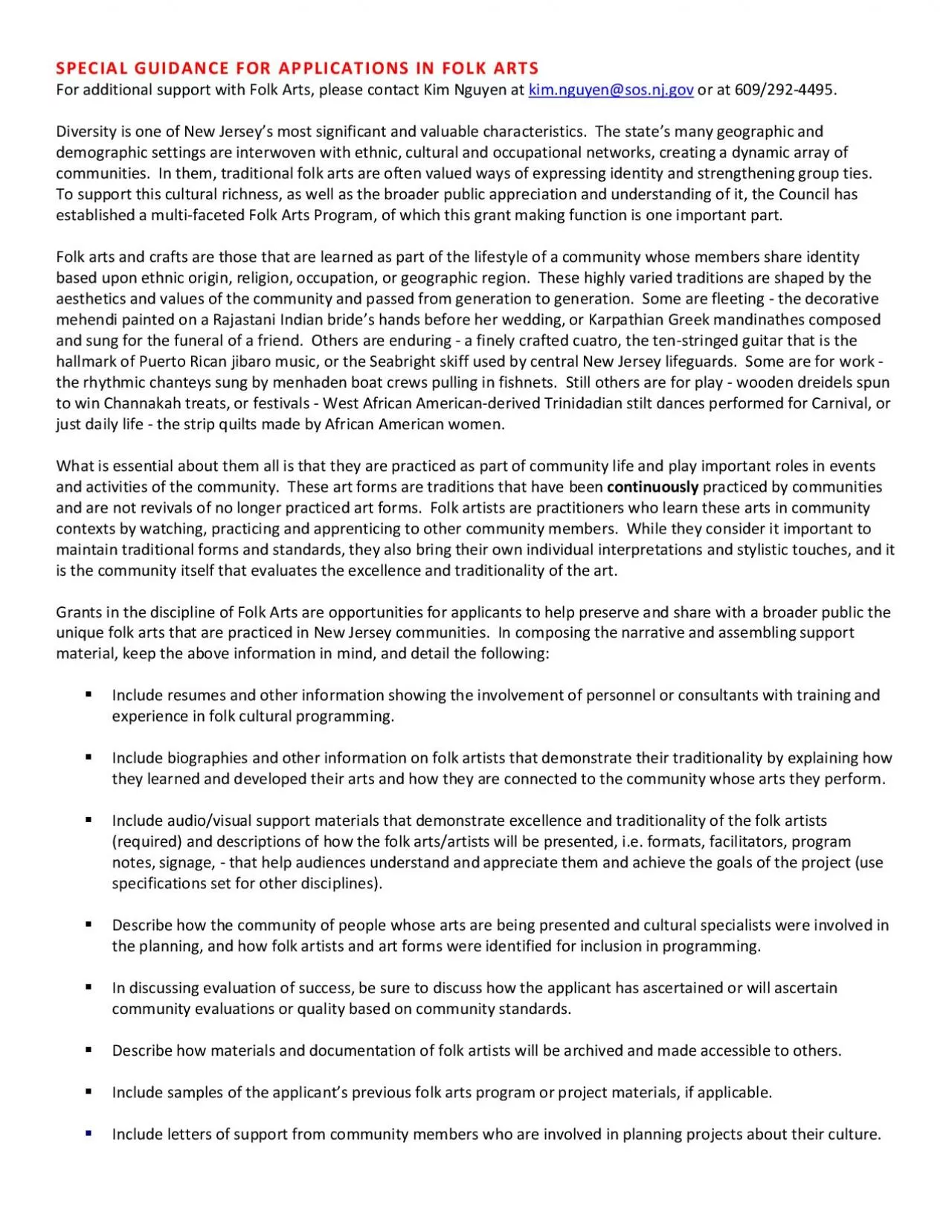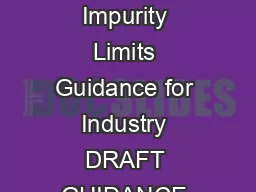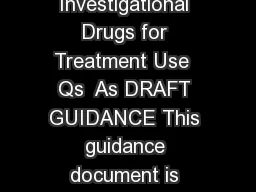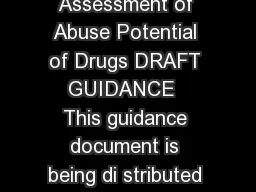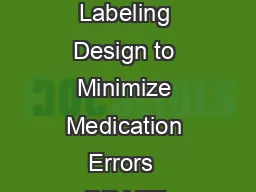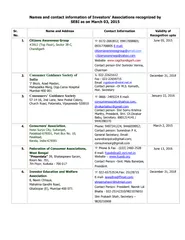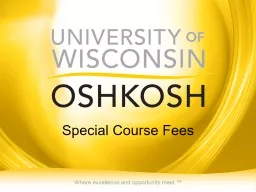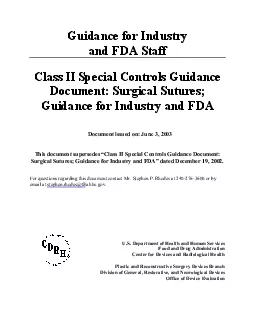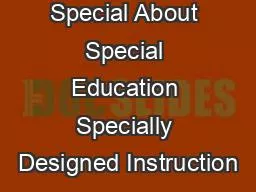PDF-SPECIAL GUIDANCE FOR
Author : helene | Published Date : 2021-09-23
APPLICATIONS IN FOLKARTSFor additional support with Folk Arts please contact Kim Nguyenat kimnguyensosnjgovor at 6092924495Diversity is one of New Jerseys most significant
Presentation Embed Code
Download Presentation
Download Presentation The PPT/PDF document "SPECIAL GUIDANCE FOR" is the property of its rightful owner. Permission is granted to download and print the materials on this website for personal, non-commercial use only, and to display it on your personal computer provided you do not modify the materials and that you retain all copyright notices contained in the materials. By downloading content from our website, you accept the terms of this agreement.
SPECIAL GUIDANCE FOR: Transcript
Download Rules Of Document
"SPECIAL GUIDANCE FOR"The content belongs to its owner. You may download and print it for personal use, without modification, and keep all copyright notices. By downloading, you agree to these terms.
Related Documents

